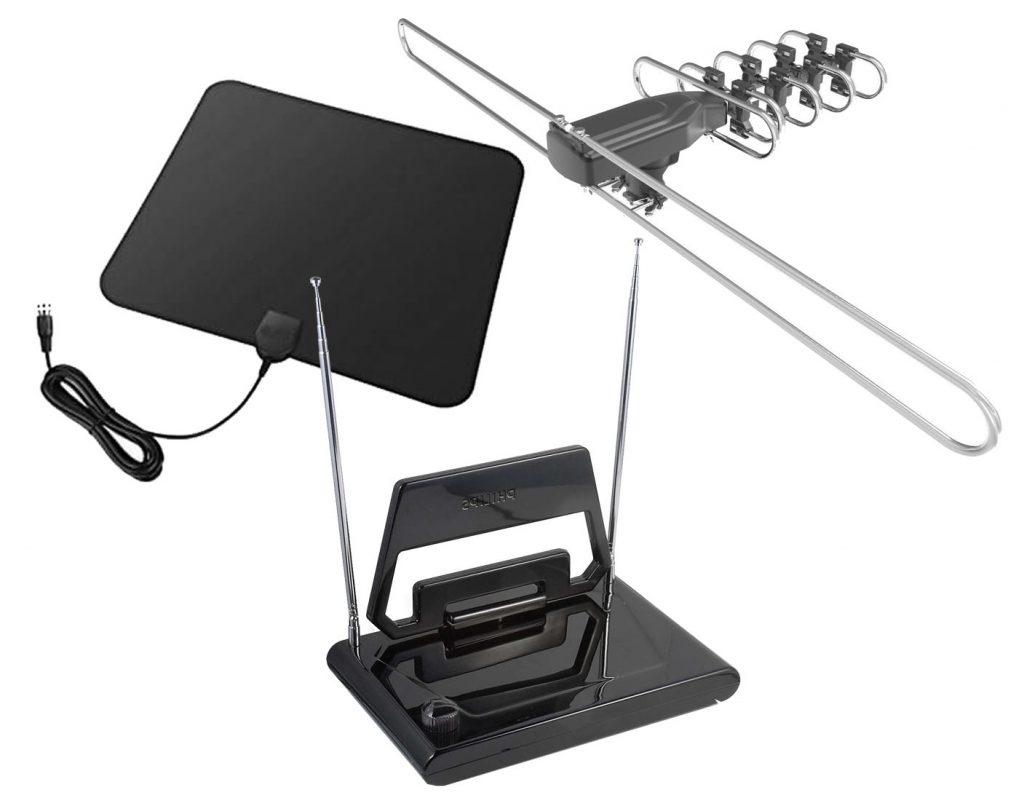
Back in the day one could watch summer lightening storms approach on the television.
The weatherman did not have much for radar back then, but we could tell how bad we would get smacked as screen static and horizontal banding increased as the storm approached or intensified.
If we saw nothing but static, it was time to head for the basement.
I hoped storm interference would disappeared in 2009 when our country switched from analog to digital broadcast of over-the-air television signals.
Nope. It’s like rabbit ears all over again…
We quickly discovered electrical storms, wind, even someone walking through the house can cause our digital television screens to pixelate or loose signal.
And that’s fine. We learned, we adapted and settled in with what we can watch for free over the air.
We found three things that impact the quality of the television signal we receive.
1. Type of Antenna – non powered, powered, indoor, attic or outdoor. How far you live from the broadcast towers will determine the type you need.
2. Antenna Placement – you really will not know if you have your antenna in the right spot until you complete Step 3 and watch the results.
3. Do an Antenna Channel Scan – If technology intimidates you, this step may be a leap.
a. Connect the antenna to your television.
b. Push your television remote’s INPUT or SOURCE button. Select ANTENNA.
c. Using your television’s remote, push it’s MENU button and look for a Channels option, then look for AUTO CHANNEL SEARCH.
The search may take a few to up to 10 minutes.
When done press the television remote’s Channel button to surf through the channels you are now receiving.
If you are not receiving a national broadcast channel or a well-known local channel, move the antenna to a different location and repeat Steps b and c.
I suspect the number of sub-channels you receive will stun you.